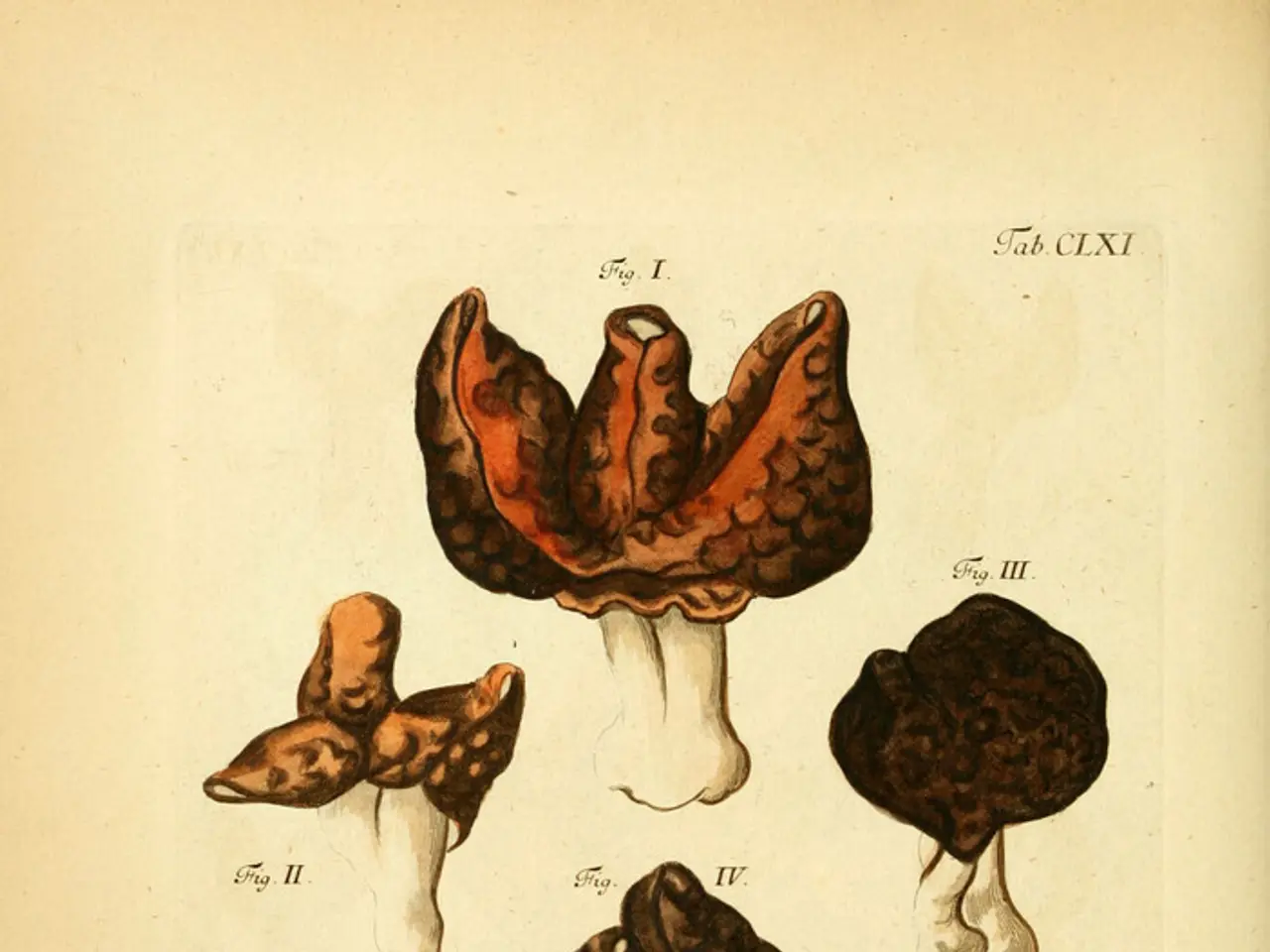Fear of Germs: Explanation, Causes, and Remedies
** Battling Mysophobia: Overcoming the Fear of Germs**
Mysophobia, also known as germophobia, bacillophobia, bacteriophobia, or verminophobia, is an intense and irrational fear of germs, dirt, viruses, bacteria, vermin, and any other contaminants. This condition can cause severe anxiety, making everyday activities difficult for those affected.
People with mysophobia may exhibit a range of symptoms, which can vary from person to person. These usually include obsessions about cleanliness, anxiety, and panic about germs or fear of contamination. The symptoms can bring on various physical symptoms of anxiety, such as sweating, trembling, shortness of breath, dizziness, nausea, dry mouth, muscle tension, heart palpitations, feeling faint, numbness or pins and needles, confusion, and intrusive thoughts.
Fortunately, there are several treatment options available to help individuals manage and overcome mysophobia. Cognitive Behavioral Therapy (CBT) is the primary and most widely used method. This therapy helps individuals challenge and change irrational beliefs and behaviors related to germ fears by gradually exposing them to feared situations and teaching coping strategies.
Exposure Therapy, often integrated with CBT, involves controlled and gradual exposure to germ-related stimuli to reduce fear responses over time. Dialectical Behavior Therapy (DBT) has also been shown to provide tools and strategies to manage overwhelming fears and regain control, helping individuals better cope with the anxiety caused by mysophobia.
In certain cases, antidepressant medications might be prescribed to reduce anxiety symptoms and support therapy outcomes. It's important to note that therapies may be tailored to the individual's needs and can be delivered in various formats such as face-to-face, online, or telephone therapy.
Experts classify mysophobia as a specific phobia in the Diagnostic and Statistical Manual of Mental Disorders, 5th edition, text revision (DSM-5-TR). While the exact causes of specific phobias like mysophobia are not fully understood, a combination of factors may play a role, including trauma, family history, environmental factors, and brain chemistry.
If you or someone you know is struggling with mysophobia, it's essential to seek help from a mental health professional. With the right treatment and support, it's possible to overcome this condition and regain control of your life.
- The science of mental health and wellness recognizes mysophobia, often termed as germophobia, as a specific phobia, categorized in the Diagnostic and Statistical Manual of Mental Disorders, 5th edition, text revision (DSM-5-TR).
- To manage and conquer mysophobia, health-and-wellness experts often recommend therapies-and-treatments such as Cognitive Behavioral Therapy (CBT), Exposure Therapy, and Dialectical Behavior Therapy (DBT), which are designed to help individuals challenge irrational beliefs, change behaviors, and develop coping strategies to overcome their anxiety about germs.




